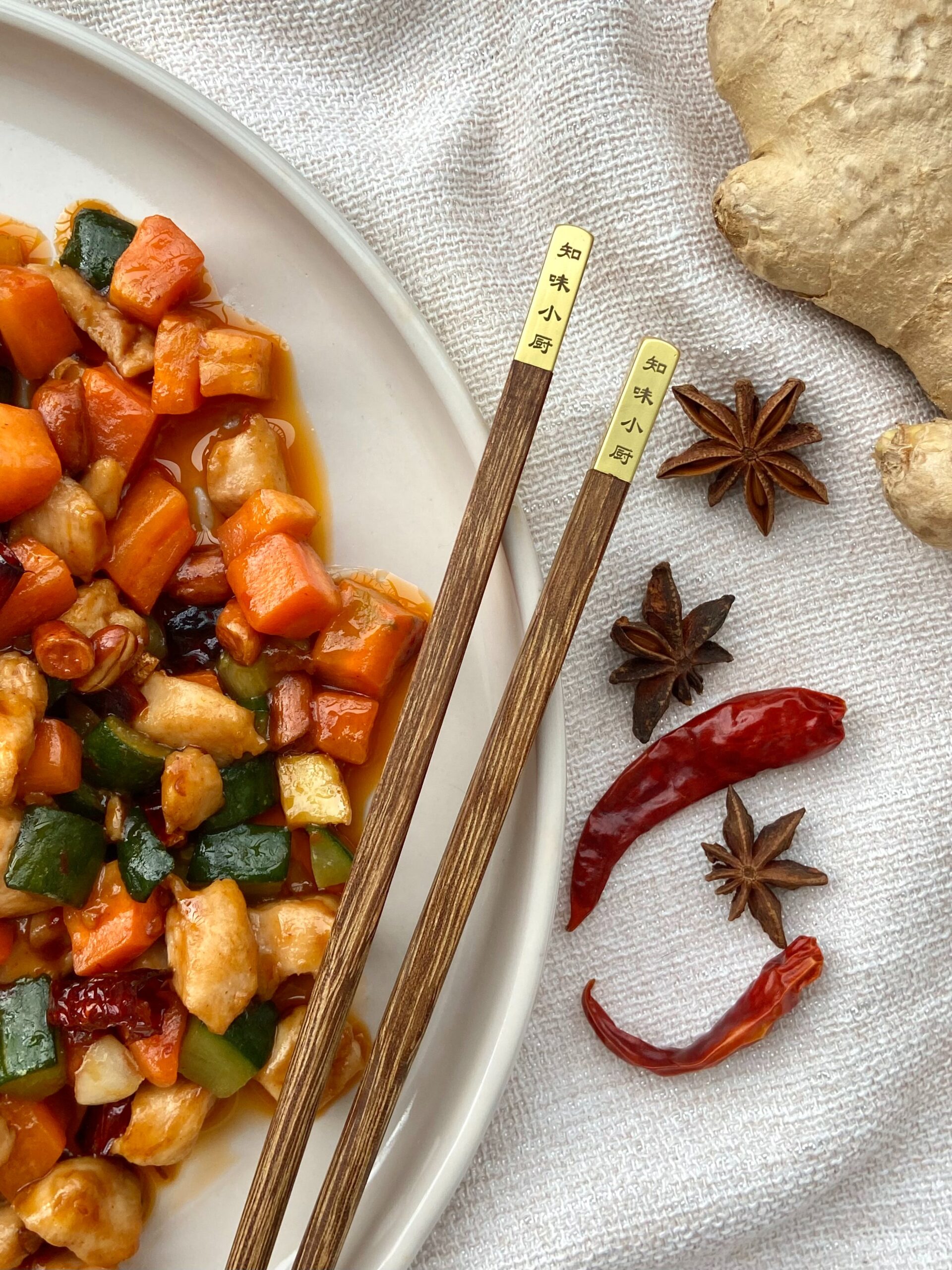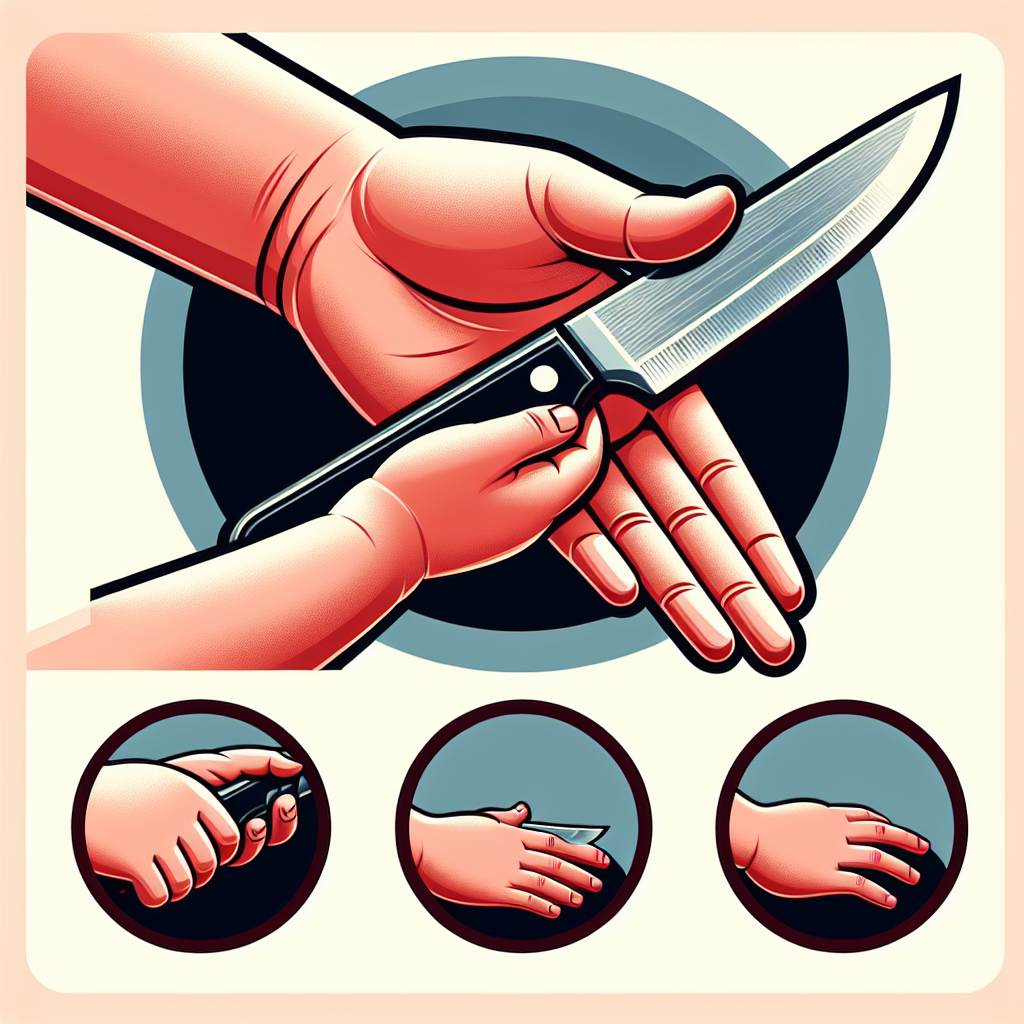Ready to turn your little ones into budding chefs? In our article, “Knife Skills For Kids: Teaching Kitchen Safety,” we’ll show you how to introduce your children to the world of cooking while prioritizing their safety. We know that the idea of handing a sharp object to a child can be nerve-wracking, but with our expert tips and techniques, you can rest assured that your kids will become confident and responsible kitchen wizards in no time. So, grab your aprons and let’s embark on this exciting culinary adventure together!
Knife Skills for Kids: Teaching Kitchen Safety
Cooking can be a fun and educational activity for kids, but it’s important to prioritize safety in the kitchen. Teaching your kids knife skills and kitchen safety can not only help them become more independent in the kitchen, but also instill a sense of responsibility and confidence. With the right guidance and supervision, kids can learn to handle knives safely and develop their culinary skills. Here are some essential tips and techniques for teaching knife skills to kids.

Introduce the Basics of Knife Safety
Before diving into the actual knife skills, it’s crucial to explain the importance of kitchen safety to your kids. Emphasize the need to be cautious and attentive while handling knives and other kitchen tools. Teach them that knives are sharp and can cause injuries if not used carefully. Encourage them to always use a cutting board and keep their fingers away from the blade. By instilling these basic safety rules, you’re laying the foundation for a safe and enjoyable cooking experience.
Choose the Right Knife
When teaching knife skills to kids, it’s essential to start with a knife that is suitable for their age and experience level. Opt for a child-friendly knife with a rounded tip and a serrated or semi-serrated edge. These types of knives are safer for kids and provide better control when cutting. As your child progresses and becomes more comfortable with their knife skills, you can gradually introduce sharper and more versatile knives.

Teach Proper Hand Placement
Correct hand placement is crucial for safe knife handling. Teach your kids to hold the knife with their dominant hand while keeping their fingers curled under and away from the blade. The thumb should rest on the side of the blade, providing stability and control. The non-dominant hand should be used to hold and stabilize the food being cut, with the fingertips tucked away from the blade. Demonstrating and practicing proper hand placement will help your child develop good habits from the start.
Practice Knife Gripping Techniques
In addition to hand placement, it’s important to teach your kids different knife gripping techniques. The most common grip for beginners is the “bridge grip,” where the index finger is placed on top of the blade for added control. As your child becomes more confident and skilled, you can introduce other grips, such as the “handle grip” or the “pinch grip.” These grips provide even more control and precision while cutting.

Start with Soft Foods
When your child is ready to practice their knife skills, start with soft foods that are easier to cut. Fruits like bananas or strawberries, soft vegetables like cucumbers or zucchinis, or even bread can be great options for beginners. The softer texture of these foods allows your child to practice their knife skills without too much resistance. As they gain experience and confidence, you can gradually introduce harder and more challenging foods.
Demonstrate Proper Cutting Techniques
Show your child the correct cutting techniques for different types of foods. For instance, teach them to use a rocking motion while cutting herbs or leafy greens, and to use a sawing motion for harder vegetables or bread. Demonstrate how to slice, dice, and julienne, and explain the difference between each technique. Encourage them to take it slow at first and focus on accuracy rather than speed. With practice and patience, they will improve their cutting skills over time.
Supervise and Provide Guidance
While it’s important to give your child some independence in the kitchen, it’s equally crucial to supervise and provide guidance during their knife skills practice. Always keep a watchful eye on your child and be ready to step in if necessary. Correct any unsafe habits or mistakes gently and explain why certain actions are unsafe. By providing constant guidance and reassurance, you can ensure that your child develops safe and efficient knife skills.
Gradually Increase Difficulty
As your child becomes more proficient in using knives, gradually increase the difficulty level of the tasks. Introduce different cutting techniques, challenge them to cut harder or irregularly shaped foods, or even involve them in meal preparation for the family. This progression will not only enhance their knife skills but also boost their confidence and willingness to experiment in the kitchen.
Emphasize Clean-up and Maintenance
Teaching kitchen safety goes beyond just knife skills; it also involves cleanliness and maintenance. Teach your kids the importance of cleaning up after themselves, including washing and drying knives properly after use. Reinforce the habit of safely storing knives in a designated spot, such as a knife block or a drawer with blade guards. By instilling these habits early on, you’re promoting a safe and organized kitchen environment.
Reward and Encourage
Lastly, don’t forget to reward and encourage your child’s progress in their knife skills journey. Acknowledge their achievements and improvements, and be patient with their learning process. Celebrate their efforts and allow them to take pride in their newfound abilities. By creating a positive and supportive atmosphere, you’re motivating your child to continue developing their knife skills and fostering their love for cooking.
Teaching your kids knife skills and kitchen safety is an investment in their culinary education and overall well-being. With patience, guidance, and proper instruction, they can become competent and responsible cooks. Remember, the goal is to have fun while cooking and to empower your kids with lifelong skills. Happy cooking!

